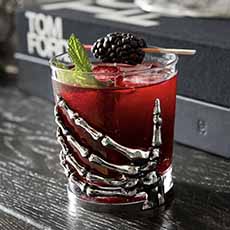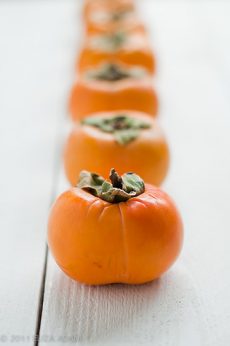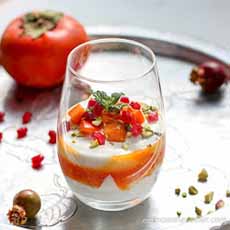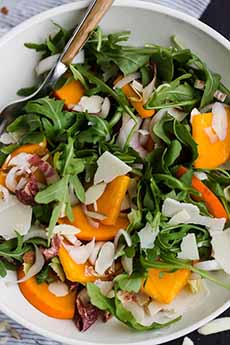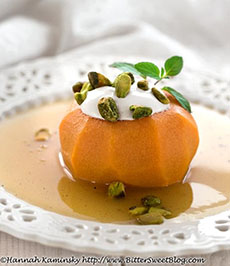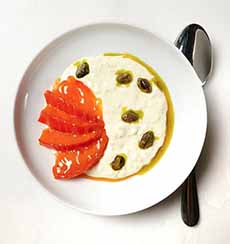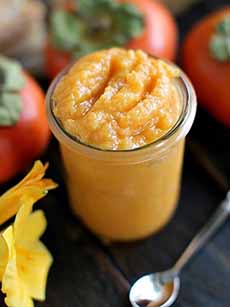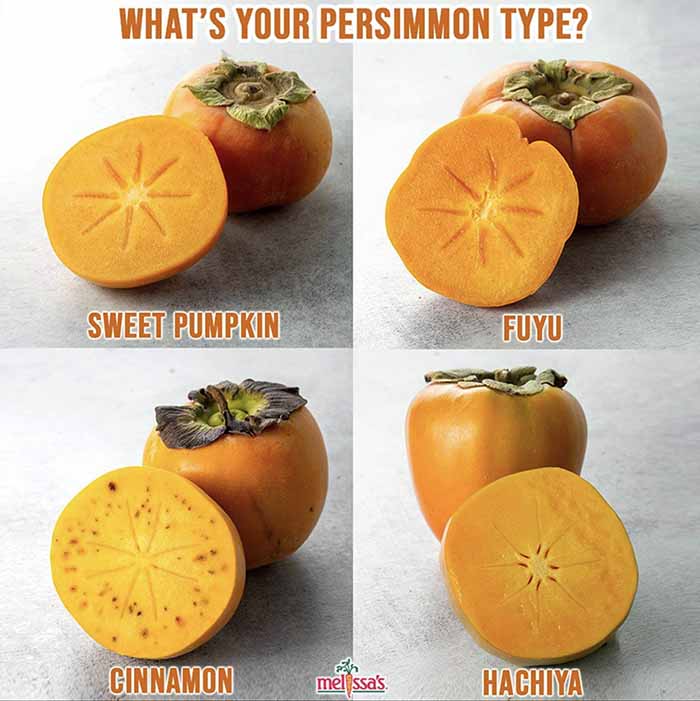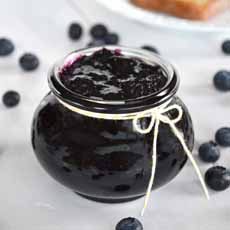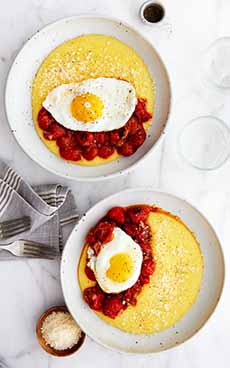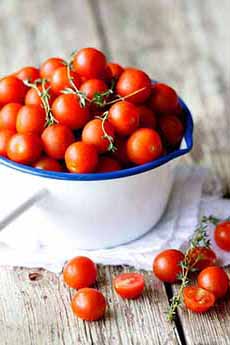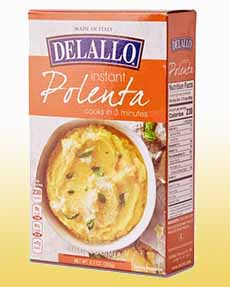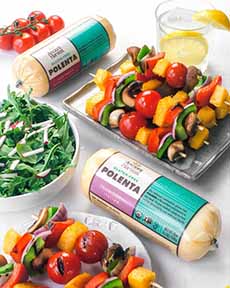|
Hey, gumbo fans: October 12th is National Gumbo Day.
It’s a nice opportunity that isn’t Mardi Gras or a big football game to talk about gumbo—a warm, comforting dish that’s just right for fall and winter weather.
To celebrate National Gumbo Day, Zatarain’s Smoked Sausage has released its official gumbo recipe for 2020.
It’s a delicious chicken and andouille gumbo, using Zatarain’s Andouille Smoked Sausage (recipe below).
To the uninitiated, andouille (on-DOO-yuh) is a smoked pork sausage. In Brittany, France, where it appears to have originated, the traditional ingredients include pig chitterlings, tripe, onions, wine and seasonings.
The product is available at more than 2,200 Kroger and Sam’s stores across the country.
RECIPE: CHICKEN & ANDOUILLE SAUSAGE GUMBO
Gumbo is much denser than a simple soup; the broth has a thick, almost stew-like consistency. The soup is thickened with a roux (pronounced ROO, French for browned butter), that cooks flour and butter (or other fat) together until the mixture thicken and darken.
Roux is a traditional French thickening agent for gravy, sauces, soups and stews.
Note re filé powder: Do not add filé to the entire pot of gumbo. It should be sprinkled atop each serving. If gumbo is reheated with filé powder in it, the filé will become stringy and unpleasant.
Ingredients
For The Stock
4 to 4-1/2 pound chicken, rinsed
20 cups water
1 onion, halved
2 ribs of celery, coarsely chopped
8 garlic cloves
2 bay leaves
For The Gumbo
1 cup oil
1-1/2 cups flour
2 cups onions, diced
1-1/2 cups celery, coarsely chopped
1 red bell pepper, diced
1 yellow bell pepper, diced
1 green bell pepper, diced
8 garlic cloves, minced
2 teaspoons sea salt
1 teaspoon black pepper
1/2 teaspoon cayenne pepper
2 bay leaves
1 10-ounce can fire roasted tomatoes, drained
14 ounce package Zatarain’s Andouille Smoked Sausage, sliced
1 cup green onions, chopped
1/2 cup parsley, chopped
For Serving
Steamed white rice
Zatarain’s Pure Ground Gumbo Filé Powder
Preparation
1. MAKE the stock. Place the chicken, water, onion, celery, garlic and bay leaves in a large stock pot. Bring to a boil and reduce to a simmer until the chicken is tender, about 1-1/2 hours.
2. REMOVE the chicken and reserve 2 quarts of stock. Debone chicken and cut into bite size pieces. Set aside/
3. MAKE the gumbo. Heat the oil over medium-high heat in 2-gallon pot. Whisk in the flour until well combined. Cook, while stirring with a wooden spoon, until the roux is light brown, about 10 minutes.
4. REDUCE the heat to medium-low and continue to cook, stirring often, until the roux deepens to a deep brown color with a nutty aroma, 35-50 minutes.
5. ADD the onions, celery and bell peppers and stir until the vegetables begin to soften, 5-8 minutes.
6. ADD the garlic, salt, black pepper and cayenne pepper and stir to combine.
7. ADD the 2 quarts of reserved chicken stock, 1 cup at a time, while stirring. Add the bay leaves and tomatoes and bring to a boil. Reduce to a simmer and cook until the vegetables have wilted and the gumbo has thickened, about 30 minutes.
8. ADD the sausage and return to a simmer. Add the chicken and cook until heated through, about 10 minutes.
9. STIR in the green onions and parsley and serve the gumbo over steamed rice with a dash of filé powder.
GUMBO HISTORY
Gumbo is a soup thickened with okra pods or filé powder. It contains meat and/or seafood, and usually vegetables. Vegetarian versions are also made.
Gumbo is probably the best-known Louisiana dish, a Creole* soup-and-rice dish, thickened with okra†, that has been cooked in Louisiana for some 300 years.
The name is believed to derive from ki ngombo, the term for okra in the Central Bantu dialect of West Africa (the homeland of many of the slaves brought to colonial Louisiana).
Okra stew with rice was a staple food among those enslaved people. And okra is the main thickening agent in many varieties of gumbo; others are thickened with filé powder.
Native Americans in what is now New Orleans introduced the French settlers to filé powder, which is ground from the dried leaves of the local sassafras tree. Filé is sprinkled on gumbos and soups right when they come off the stove, just before serving. Filé will thicken and add a very delicate flavor to the gumbo or soup.It can also be used on other foods, from vegetables to meats.. So it seems reasonable to conclude, as many culinary historians have, that the dish itself also bears some African heritage.
Per Southern Foodways, gumbo “is often cited as an example of the melting-pot nature of Louisiana cooking, but trying to sort out the origins and evolution of the dish is highly speculative.
The name derives from a West African word for okra, suggesting that gumbo was originally made with okra.
The use of filé (dried and ground sassafras leaves) was a contribution of the Choctaws and possibly, other local tribes.
Roux has its origin in French cuisine, although the roux used in gumbos is much darker.
In Louisiana, gumbo includes ingredients introduced by several cultural groups. Surviving records indicate that by 1764, African slaves in New Orleans mixed cooked okra with rice to make a meal.
The first documented reference to gumbo appears in 1803, when it was served at a gubernatorial reception in New Orleans. Another reference in 1804 notes that it was served at a Cajun gathering on the Acadian Coast [source].
|
|
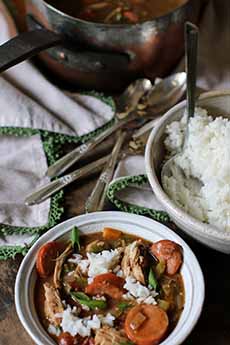
[1 Zatarain’s 2020 gumbo recipe is a classic: chicken and andouille sausage (photos #1, #2, #4 and #7 © Zatarain’s).
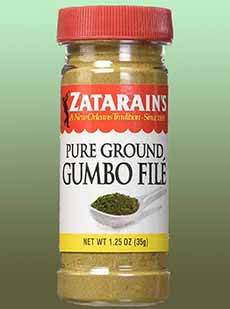
[2] File powder is sprinkled atop any authentic gumbo.
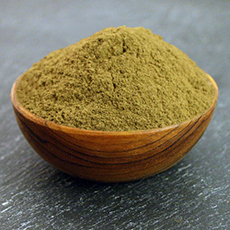
[3] If you can’t find file locally, head to Marietta’s Spice Mill (photo © Marietta’s Spice Mill).
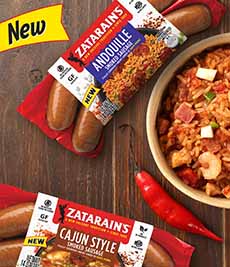
[4] Zatarain’s sausages.

[5] Artisan andouille sausage (photo Wikipedia).
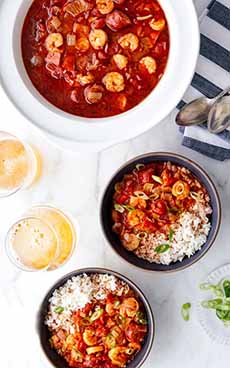
[6] Many people like their gumbo atop a bowl of rice, but we like our rice on the side (photo of Andouille sausage and shrimp gumbo © Good Eggs).
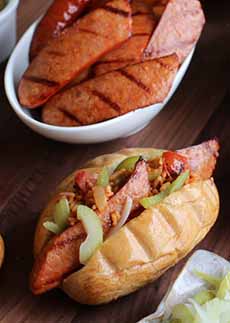
[7] If you have leftover sausage, grab a bun and some sautéed peppers and onions.
|
Traditionally, gumbos have been divided into two categories: those thickened with okra, an ingredient native to Africa, and those thickened with filé, an ingredient native to America (it’s the dried leaf of the sassafras tree).
A Creole cookbook from 1885, contains recipes for several gumbos made with bacon, beef, chicken, crab, ham, oysters and shrimp. Subsequent cookbooks add rabbit, squirrel, turkey and wild turkey, and veal to the mix, along with cabbage and greens. Some of the recipes are made with okra, others with filé†. Here’s more gumbo history.
Today’s gumbo recipes have evolved to suit individual cooks and diners.
In addition to okra vs. filé, they can be thick or thin, made with a roux that ranges in color from a brown paper bag to dark chocolate.
They can be all meat, all seafood, a combination, or vegetarian.
And to choose the winners, there’s a World Championship Gumbo Cookoff, held annually in New Iberia, Louisiana in October (canceled in 2020).
________________
*The name Creole evolved from crioulo, a Portuguese word that referred to slaves of African descent who were born in the New World. Over time, the definition expanded to include people of European descent born in the New World. After the acquisition of the Louisiana Purchase of 1803, “Creole” referred to people of all ethnicities (except Native Americans and enslaved peoples) who were born in Louisiana. This included free people of color [source].
†Not everyone likes the “slimy” texture of okra.
|

